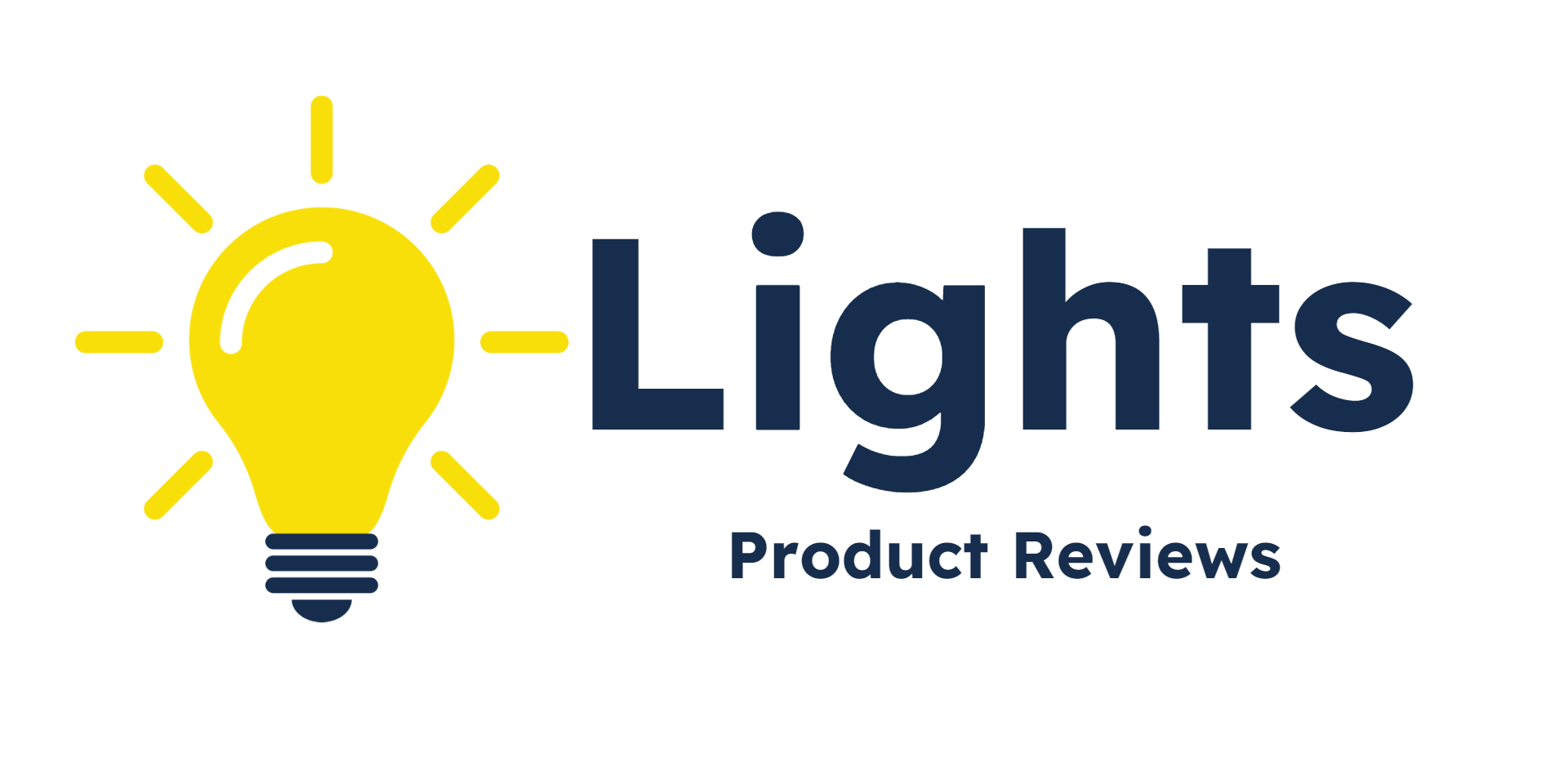Seasonal Affective Disorder (SAD) is a type of depression that’s related to changes in seasons, typically beginning in the fall and continuing through winter months. While its exact causes are unknown, reduced exposure to sunlight is believed to play a significant role. Enter light therapy: a simple, yet effective treatment that’s bringing brightness back into the lives of those affected by SAD.
Understanding Seasonal Affective Disorder
Before we dive into light therapy, let’s briefly explore SAD:
- Symptoms: Include fatigue, depression, hopelessness, and social withdrawal
- Timing: Usually starts in fall/winter and resolves in spring/summer
- Prevalence: Affects about 5% of adults in the U.S., with up to 20% experiencing milder forms
What is Light Therapy?
Light therapy, also known as phototherapy, involves exposure to artificial light to mimic natural outdoor light. This exposure is believed to cause a chemical change in the brain that lifts mood and eases other symptoms of SAD.
How Light Therapy Works
- Mimics Sunlight: Light therapy boxes produce light similar in spectrum and intensity to natural sunlight
- Affects Brain Chemicals: Light is thought to influence the production of serotonin and melatonin
- Regulates Circadian Rhythms: Helps reset the body’s internal clock disrupted by changing seasons
Using Light Therapy for SAD
Light Therapy Devices
The most common device for light therapy is a lightbox:
- Intensity: Typically provides 10,000 lux of light
- UV Filtering: Most devices filter out harmful ultraviolet (UV) light
- Size: Range from small desk lamps to larger floor lamps
How to Use Light Therapy
- Timing: Use early in the morning, typically for 20-30 minutes
- Distance: Sit about 16-24 inches from the light
- Activity: You can read, eat, work, etc., but eyes must be open
- Consistency: Daily use is important for effectiveness
When to Expect Results
Most people see improvements in 1-2 weeks of consistent use. However, symptoms may return quickly if treatment is stopped.
Benefits Beyond SAD
Light therapy has shown promise for other conditions:
- Non-Seasonal Depression: Can be effective alone or with other treatments
- Sleep Disorders: Particularly useful for circadian rhythm sleep disorders
- Jet Lag: Can help reset the body clock when traveling across time zones
- Dementia: May improve sleep and decrease agitation in some patients
Potential Side Effects and Precautions
While generally safe, some people may experience:
- Eyestrain
- Headache
- Nausea
- Irritability or agitation
Those with certain eye conditions or on photosensitizing medications should consult a doctor before starting light therapy.
Complementary Strategies
While light therapy can be highly effective, it’s often most beneficial when combined with other strategies:
- Regular Exercise: Particularly outdoor activities during daylight hours
- Healthy Diet: Focus on mood-boosting foods rich in vitamin D and omega-3s
- Social Connections: Maintain relationships and social activities
- Sleep Hygiene: Maintain a consistent sleep schedule
- Cognitive Behavioral Therapy (CBT): Can help change negative thought patterns
The Future of Light Therapy
As research progresses, we’re seeing exciting developments in light therapy:
- Portable Devices: Smaller, more portable options for on-the-go treatment
- Smart Home Integration: Light therapy incorporated into smart home lighting systems
- Personalized Treatments: Tailored light exposure based on individual circadian rhythms
Conclusion
Light therapy offers a beacon of hope for those struggling with Seasonal Affective Disorder. By harnessing the power of light, we can combat the winter blues and bring a bit of summer sunshine into the darkest months of the year. If you think you might be suffering from SAD, consult with a healthcare professional to see if light therapy could be right for you.
Remember, brighter days are always ahead – sometimes we just need a little help finding them.

Leave a Reply